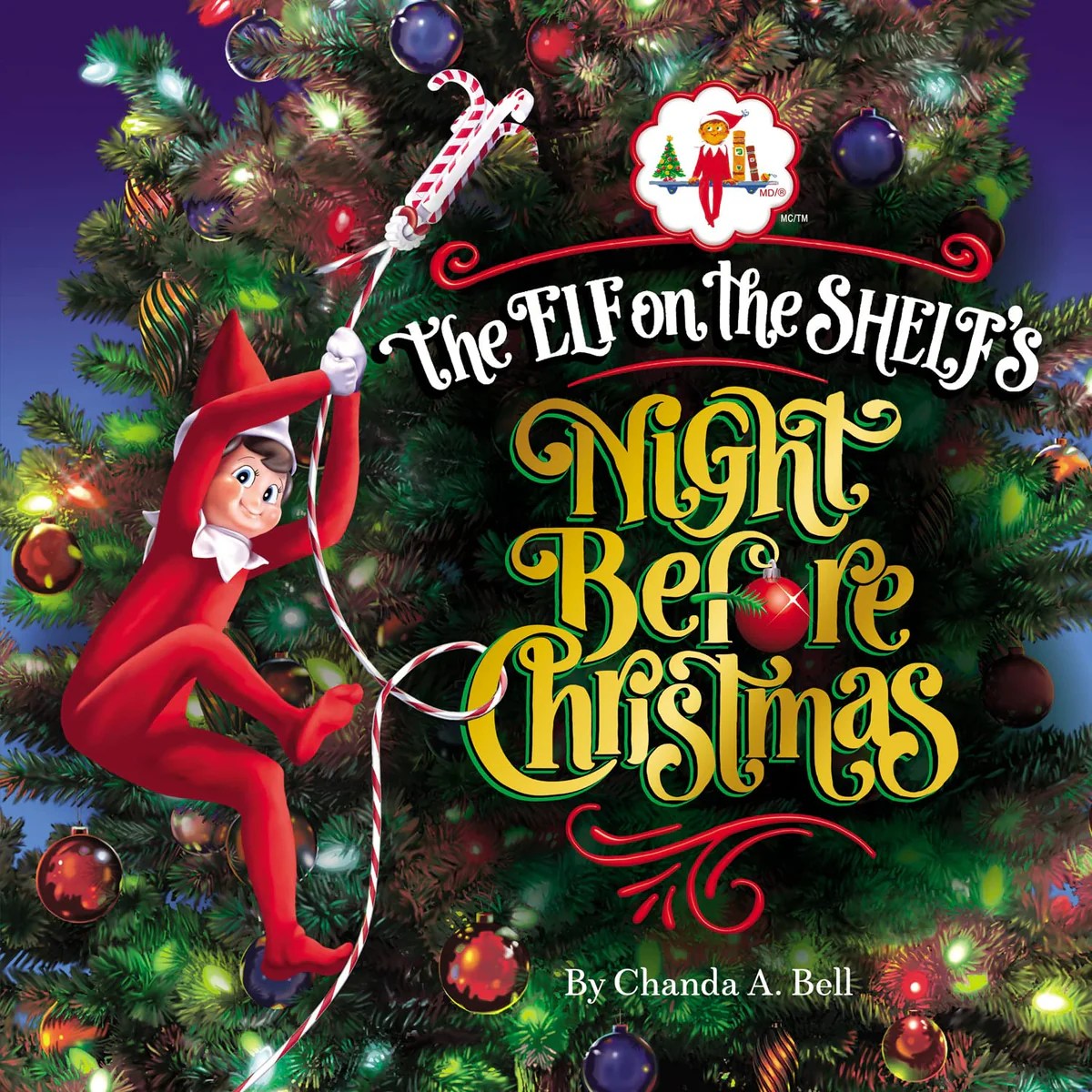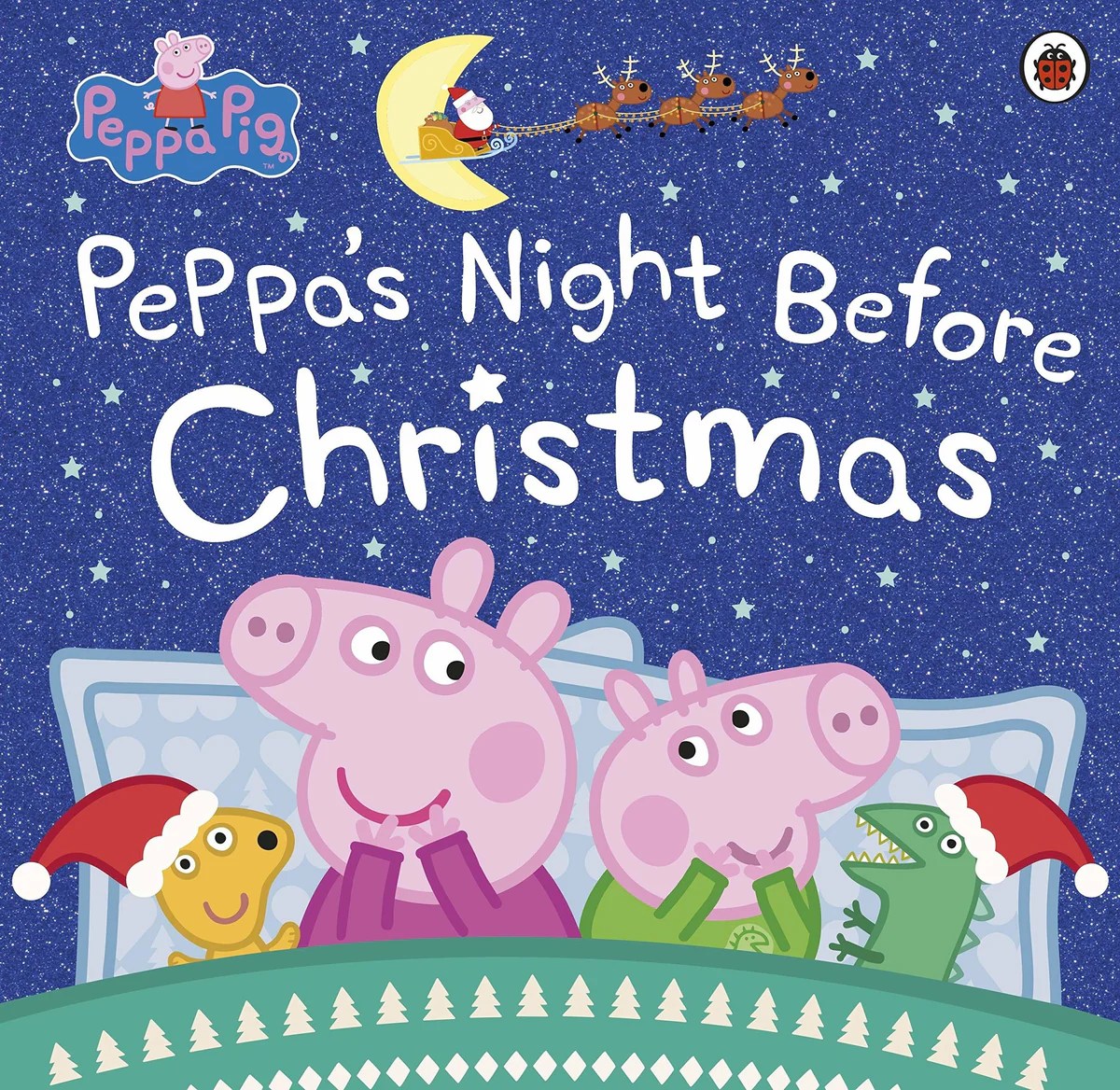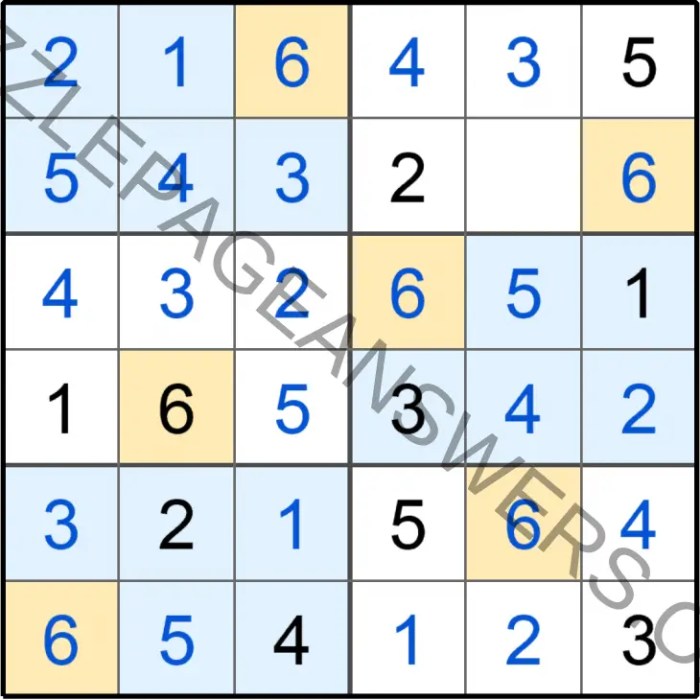Embark on an intellectual adventure with “The Night Before Christmas Crossword,” where cryptic clues and literary insights intertwine to illuminate the beloved holiday classic.
Delve into the historical and cultural tapestry of Clement Clarke Moore’s timeless poem, deciphering its literary nuances and exploring the enduring traditions it has inspired.
Crossword Puzzle Clues and Solutions

Crossword puzzles are word games that consist of a grid of squares, some of which are blacked out. The objective of the puzzle is to fill in the empty squares with letters to form words that fit the clues given.
The clues in a crossword puzzle can be of various types, including:
- Definitions:Clues that simply define the word or phrase that is to be filled in.
- Synonyms:Clues that provide a synonym for the word or phrase that is to be filled in.
- Antonyms:Clues that provide an antonym for the word or phrase that is to be filled in.
- Homophones:Clues that use words that sound the same but have different meanings.
- Puns:Clues that use wordplay or humor to provide a hint about the word or phrase that is to be filled in.
To solve a crossword puzzle, it is helpful to use a combination of word patterns and definitions. For example, if a clue is “a type of animal that lives in the ocean,” you might try filling in the squares with the letters “F” and “I” to form the word “fish.”
Specific Examples
Here are some specific examples of crossword puzzle clues related to “The Night Before Christmas”:
- Across 1:A type of vehicle that flies through the air (5 letters) – SLEIGH
- Down 2:A person who delivers gifts on Christmas Eve (8 letters) – SANTA CLAUS
- Across 4:A type of food that is often eaten on Christmas Day (7 letters) – TURKEY
- Down 5:A type of decoration that is often hung on Christmas trees (6 letters) – ORNAMENT
Literary Analysis of “The Night Before Christmas”

Clement Clarke Moore’s “A Visit from St. Nicholas,” more commonly known as “The Night Before Christmas,” is a beloved holiday poem that has captivated generations of readers. Published in 1823, the poem holds significant historical and cultural significance, embodying the spirit of Christmas and family traditions.
The poem employs vivid imagery, engaging metaphors, and profound symbolism to paint a magical picture of Christmas Eve. Moore’s use of literary devices heightens the poem’s sensory appeal, creating a vivid and immersive experience for the reader.
Theme and Messages
Beyond its enchanting imagery, “The Night Before Christmas” conveys several profound themes and messages. The poem celebrates the spirit of Christmas, emphasizing the joy, love, and generosity associated with the holiday. It also highlights the importance of family traditions and the cherished memories created during the holiday season.
Christmas Traditions and Customs: The Night Before Christmas Crossword
The poem “The Night Before Christmas” by Clement Clarke Moore depicts various Christmas traditions and customs that have become integral to the holiday’s celebration. These traditions, with their unique origins and significance, have evolved over time and continue to shape modern Christmas practices.
Hanging Stockings
The tradition of hanging stockings by the fireplace is a cherished Christmas custom. It is believed to have originated from the legend of Saint Nicholas, who secretly dropped gold coins into the stockings of three impoverished sisters to provide them with dowries.
Over time, the practice evolved into children hanging stockings on Christmas Eve, hoping for gifts from Santa Claus.
Leaving Milk and Cookies for Santa Claus
The custom of leaving milk and cookies for Santa Claus is another beloved Christmas tradition. It is said to have started as a way to show gratitude to Santa for bringing presents. The milk is believed to quench his thirst after his long journey, while the cookies provide him with sustenance.
This tradition has become a symbol of the spirit of giving and hospitality during the holiday season.
Singing Christmas Carols
Singing Christmas carols is a long-standing tradition that adds to the festive atmosphere of the holiday. Many of these carols have religious origins, narrating the birth of Jesus Christ. Over the centuries, secular carols have also been composed, spreading joy and cheer during the Christmas season.
Singing carols fosters a sense of community and brings people together in celebration.
Christmas Characters and Symbolism

The characters and symbols in “The Night Before Christmas” hold significant meaning, embodying the spirit of Christmas and representing various aspects of the holiday’s traditions and values.
Main Characters
- Santa Claus:The central figure of the poem, Santa Claus represents the embodiment of generosity, kindness, and the spirit of giving. His jolly demeanor and red suit have become synonymous with Christmas.
- The Reindeer:Santa’s reindeer, led by Rudolph, symbolize strength, determination, and the ability to overcome obstacles. Their ability to fly represents the magic and wonder of the holiday season.
- The Sleigh:Santa’s sleigh, filled with toys, represents the joy and excitement of Christmas morning. It symbolizes the fulfillment of children’s wishes and the anticipation of gifts.
Other Symbols
Beyond the main characters, the poem also incorporates other symbols that contribute to its Christmas atmosphere:
- The Chimney:The chimney represents the traditional entrance of Santa Claus into homes. It symbolizes the anticipation and excitement of his arrival.
- The Stockings:The stockings hung by the fireplace represent the hope and anticipation of receiving gifts. They symbolize the tradition of gift-giving and the joy of receiving.
- The Snow:The snow-covered landscape creates a magical and enchanting atmosphere. It symbolizes the purity and innocence associated with Christmas.
These characters and symbols collectively contribute to the rich tapestry of “The Night Before Christmas,” capturing the essence of the holiday season and conveying its themes of generosity, joy, and anticipation.
Visual Representations of “The Night Before Christmas”
The beloved poem “The Night Before Christmas” has inspired a vast array of visual representations, from enchanting illustrations to captivating paintings and enchanting films. These artistic interpretations have played a significant role in shaping the cultural imagination of the poem and its characters.
One of the most iconic visual representations of the poem is the series of illustrations by Thomas Nast, first published in 1863. Nast’s whimsical and detailed drawings brought the poem’s characters and scenes to life, capturing the magic and wonder of the Christmas Eve visit.
His depiction of Santa Claus as a jolly, white-bearded man in a red suit has become the definitive image of the character in popular culture.
Illustrations
Numerous other illustrators have also contributed to the visual legacy of “The Night Before Christmas.” Arthur Rackham’s ethereal and imaginative illustrations, published in 1931, evoke the dreamlike quality of the poem. N.C. Wyeth’s dynamic and action-packed illustrations, published in 1950, capture the excitement and anticipation of Christmas Eve.
Paintings
In addition to illustrations, the poem has also inspired a number of notable paintings. Norman Rockwell’s 1963 painting, “Santa and the Seven Dwarfs,” depicts Santa Claus visiting the dwarfs from the fairy tale “Snow White and the Seven Dwarfs.” This painting combines the magic of Christmas with the timeless appeal of classic fairy tales.
Films, The night before christmas crossword
The poem has also been adapted into several films, both animated and live-action. The 1950 animated film “Twas the Night Before Christmas” features the voices of Fred Astaire and Basil Rathbone. The 1993 live-action film “The Nightmare Before Christmas,” directed by Tim Burton, offers a unique and imaginative retelling of the poem.
Cultural Impact of “The Night Before Christmas”
Clement Clarke Moore’s “A Visit from St. Nicholas,” more commonly known as “The Night Before Christmas,” has had a profound and enduring impact on Christmas celebrations worldwide since its publication in 1823. Its captivating imagery, memorable characters, and festive spirit have become synonymous with the holiday season.
Influence on Christmas Celebrations
The poem has significantly influenced Christmas traditions and customs. Its depiction of Santa Claus as a jolly, white-bearded figure with a red suit and eight reindeer has become the universally recognized image of the beloved gift-giver. Additionally, the poem’s mention of Christmas stockings hung by the chimney has popularized this tradition, leading to the custom of children eagerly hanging their stockings on Christmas Eve in anticipation of Santa’s arrival.
Adaptations and References in Popular Culture
“The Night Before Christmas” has been widely adapted and referenced in popular culture. Its characters and themes have inspired numerous films, television shows, books, and songs. For instance, the poem’s depiction of Santa Claus has influenced the characterization of the figure in various adaptations, including the classic Rankin/Bass stop-motion animated special “Santa Claus Is Comin’ to Town” (1970) and the live-action film “The Santa Clause” (1994).
The poem’s memorable phrases and imagery have also been referenced in popular culture. The line “Twas the night before Christmas, and all through the house” has become a widely recognized and iconic phrase associated with the holiday season. Additionally, the poem’s description of Santa’s reindeer has influenced the names and characteristics of the reindeer featured in popular culture, such as Rudolph the Red-Nosed Reindeer.
FAQ Summary
What is the significance of the crossword puzzle in relation to “The Night Before Christmas”?
The crossword puzzle serves as a gateway to exploring the poem’s literary devices, historical context, and cultural impact, providing an interactive and engaging way to delve deeper into its intricacies.
How does the poem reflect the spirit of Christmas?
Through its vivid imagery and heartwarming narrative, the poem captures the essence of Christmas, emphasizing the values of family, generosity, and the magic of the holiday season.
What are some of the key symbols found in the poem?
The poem is rich in symbolism, with Santa Claus representing the spirit of giving, the reindeer symbolizing perseverance, and the sleigh embodying the journey of Christmas Eve.